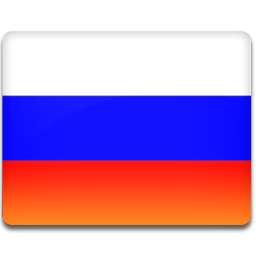How Do I Know If I Have Breast Cancer? Symptoms & Treatments

Fulvant Injection For Breast cancer
Breast cancer won’t show any signs or symptoms in the early developing stage. A breast cancer patient can’t feel a small tumor developing in their breasts. If you develop lumps around your breasts, this would be the first sign of developing breast cancer. However, not all lumps are cancerous so check out for the following symptoms of breast cancer to determine if you are showing symptoms of breast cancer. Fulvant Injection helps to delay these symptoms. Fulvant injection is very effective for breast cancer.
Symptoms and signs

- Extreme breast pain
- Bloody discharge coming out from your nipple
- Scaling, peeling, flaking of the skin around the breast nipple
- Swelling of breast
- Discolored or red skin on your breast
- Change in the size and shape of your breast
- Swelling or lump under arms
- Change in the appearance of breast skin
- Thickening of tissue around the breast or breast lump
What is breast cancer?
You can develop breast cancer when a change known as mutation takes place in your genes. This mutation allows the cells to divide and even multiply uncontrollably. As a result, breast cancer is serious and usually develops in the breast cells. Generally, this type of cancer develops in the duct or lobules of breasts. Glands that produce milk are known as lobules, whereas ducts are the pathway that brings milk to the nipple from the glands.
Stages of breast cancer
Breast cancer is divided into different stages by the doctors depending on the size of the tumor and how far it has spread. If the breast cancer has spread to the nearby tissues and has grown large, then it is at higher stages than cancer that is limited to the breast and small in size. Based on these factors, doctors stage breast cancer in 5 paths from stage zero to stage four.
Stage 0
In this stage, cancer cells remain confined to the ducts only in the breast and do not spread to the nearby tissues.
Stage 1
Stage 1A, where the primary tumor is less than 2 centimeters wide, and the lymph nodes are also not affected. Stage one is where cancer is located in the nearby lymph nodes, and the tumor is typically smaller than 2cm.
Stage 2
This stage has 2 parts. Stage 2A, where the tumor is less than 2 centimeters but has spread to one or more lymph nodes. The tumor can also be the size of 2 to 5 centimeters without spreading to the nearby lymph nodes. Stage 2B is where the tumor is between 2 and 5 centimeters and spreads to armpit lymph nodes.
Stage 3
Stage 3 is cancer that has become enlarged and spread to 4 or 9 axillary lymph nodes. This type of tumor is larger than 5 centimeters.
Stage 4
Stage breast cancer can contain tumors of any size, and in this case, cancer cells spread to the distance as well as nearby lymph nodes. It can also spread to the other organs.
Preventive treatment
Your risk of developing breast cancer will be high if you have hereditary factors. For example, if your parent has BRCA 2 or BRCA 1 gene mutation, you risk developing breast cancer. Doctors will suggest breast cancer medicine and several prophylactic and diagnostic treatments. Your physician will also consult some preemptive steps to reduce your risk of developing breast cancer. Some of these steps are surgical removal of the breast, prophylactic mastectomy, taking fulvant Injection Fulvestrant Injection 250 mg, and considering chemoprophylaxis, which helps reduce breast cancer risk. More details of fulvant injection on Gandhi Medicos.



 Anti Cancer Drugs
Anti Cancer Drugs Hepatitis C
Hepatitis C Meds for HIV
Meds for HIV Ayurvedic Medicine
Ayurvedic Medicine Transplant Medicine
Transplant Medicine Respiratory System
Respiratory System +91-9999064250 / 9811604424 / 9811604444
+91-9999064250 / 9811604424 / 9811604444
 8(800)100-47-90
8(800)100-47-90






